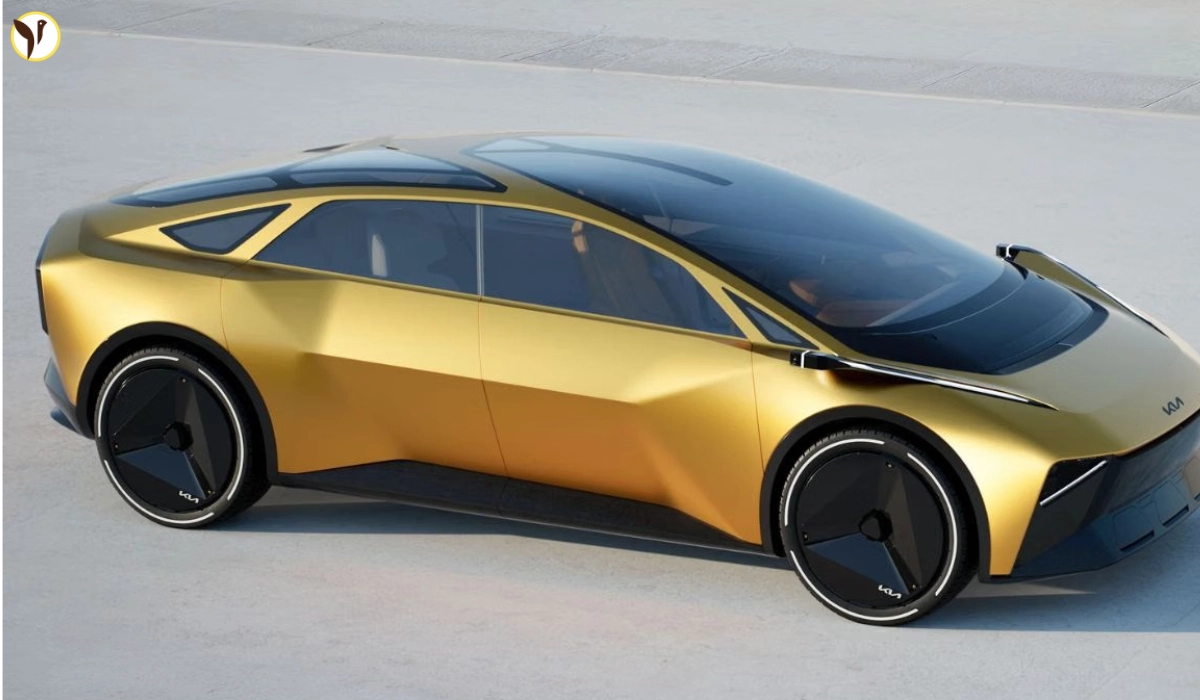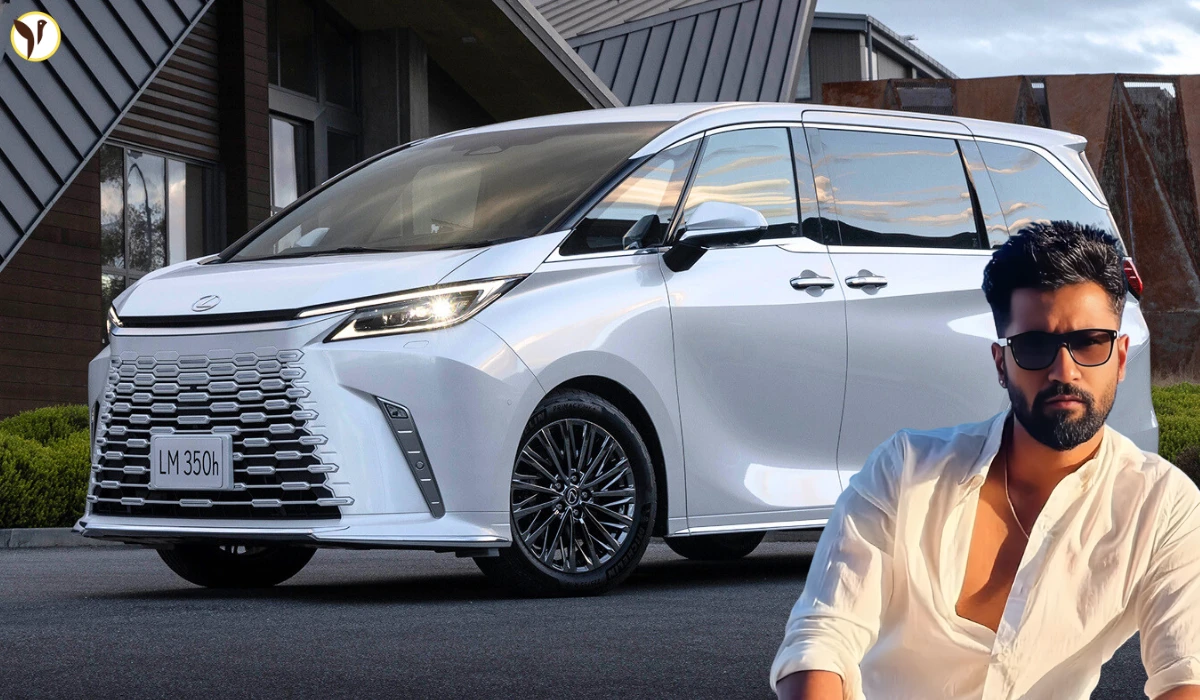Chevrolet has announced a new project that is already causing a stir in the automotive industry—but here’s the catch: it’s not coming to the U.S.. The American car company has teased an all-new, entry-level SUV that was developed specifically for South America, and it already has buzz.
The new SUV is expected to arrive in 2026, and it will be produced in Brazil at the Gavatiai plant, which already produces root vehicles such as the Chevrolet Onix hatchback and sedan. But the interesting part of this project is the fact that Chevrolet has confirmed, explicitly, that this model is produced for South America and there are no plans to export it to any location outside of South America—it will truly be a regional product.
Let’s examine what we know so far and why this new Chevy SUV will possibly create a bigger deal, even for those of us in the United States.
Why Chevrolet Is Making This SUV Local
Chevrolet's decision to develop this SUV for South America reflects a larger trend in global automotive manufacturing: regional specialization. Rather than re-badging or exporting a global model, GM created and engineered a model specifically for South American roads, fuel sources, and consumer expectations.
South America has unique needs in the auto market: unpredictable road conditions, variable climate, and high fuel costs. Because of these requirements, automakers must build vehicles that are cheap, durable, and fuel-efficient. This is just the market that this new Chevrolet SUV is planned for.
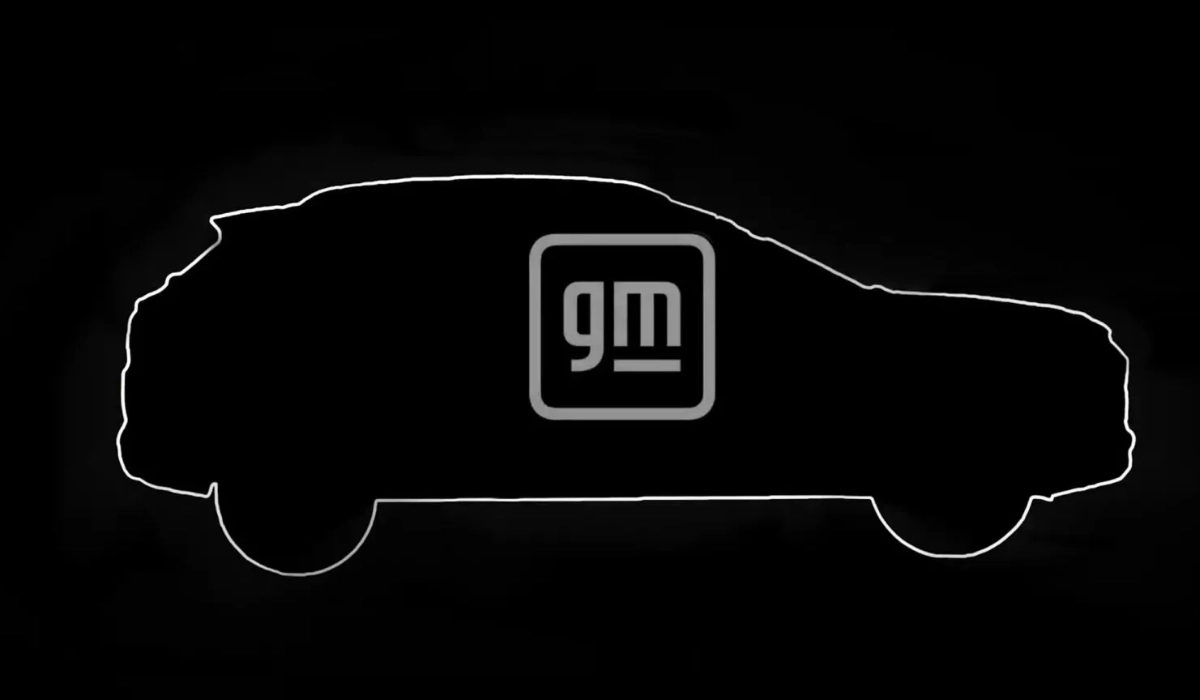
Manufacturing Powerhouse in Brazil
The Gravataí plant in Brazil's south is the focal point of this push. GM has put in over R$1.2 billion (~$230 million USD) into this facility to set it up for this model, including upgrades to production lines, tooling and digital systems.
It is important to mention that Gravataí also produces the Onix and Onix Plus, Chevrolet's entry-level vehicles that are hot sellers in Brazil. Sharing a platform with these vehicles helps to keep production costs down and part compatibility, making this new SUV not just a great price, but easier to maintain for Brazilian customers.
What We Know About the SUV’s Design and Features
While the SUV is still mostly covered while waiting for its official debut, teaser images and leaked design elements have allowed us to infer a compact crossover stance that includes muscular lines, increased ground clearance, and sleek LED lights. Up front, we can see a big front grille with split headlights which is becoming a design hallmark in Chevy's global lineup.
From the side, its proportions suggest a vehicle slightly smaller than the Chevrolet Tracker (Trailblazer in some markets) with better cargo space and rear seat practicality than a typical hatchback.
Expect tech-friendly but basic interiors, with a dash and instruments likely borrowed from its Onix or Tracker siblings - these are growing models for Chevrolet; and don't forget the fact that they also keep compact entry-level vehicles in South America equipped with standards like Apple CarPlay, Android Auto, USB-C ports, and reverse cameras!
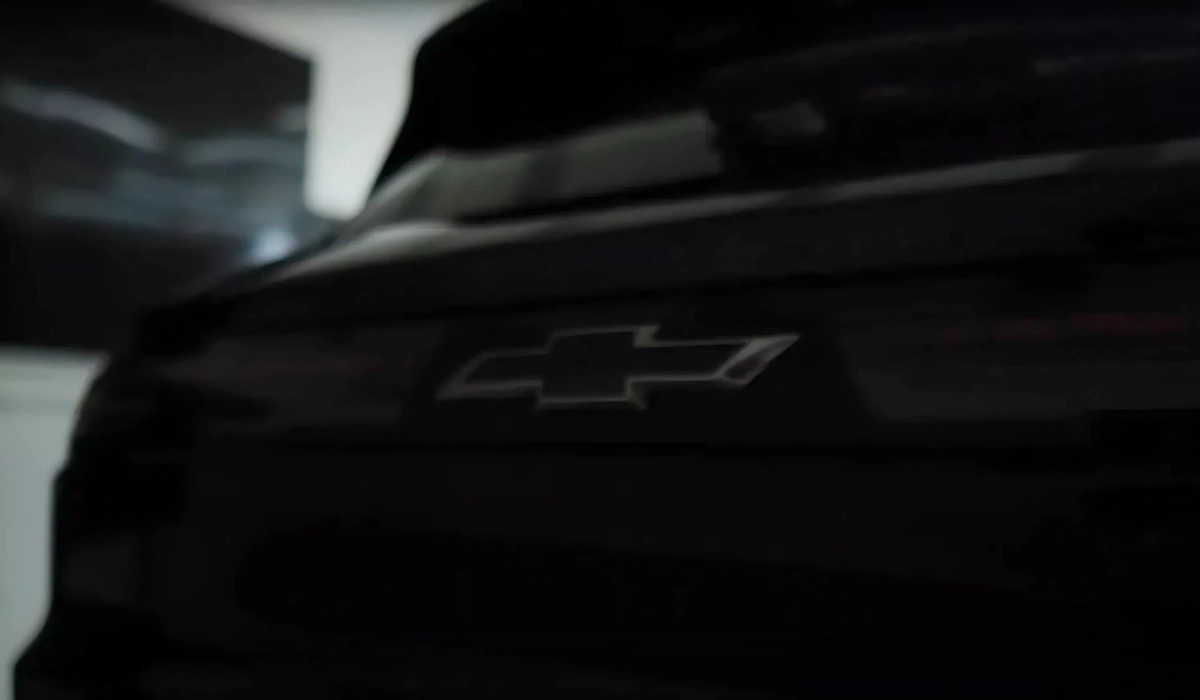
Engine and Performance Expectations
The new SUV will almost certainly have the 1.0-liter turbocharged three-cylinder engine, and the flex fuel capacity (runs on gasoline, ethanol, or a combination), because of the insider information and sharing of platforms with the Onix.
The engine will produce about 121 horsepower. There will be a choice of 6-speed manual or automatic options. The SUV is not being built for speed performance, but should be fine for daily urban commuting, bad rural roads, and weekend use. The ride height should be higher than the Onix and will allow for better versatility in driving situations.
Why This Budget SUV Won’t Come to the U.S.
Let’s be honest; I think it’s safe to say that many Americans are probably wondering - why can’t we get something like this here? It's a valid question.
The short answer is that the U.S. has moved away from small, affordable vehicles. As the market has shifted towards larger crossovers, full-size SUVs, trucks and luxury trim, automakers have shed compact and subcompact cars from their U.S. lineups over the last decade. Simply put, they are too small and loss leading products with little to no margin or profit per unit.
However, there is a large emerging group of American buyers- young professionals, first-time drivers, urbanites- hungry for affordable, fuel-efficient crossovers. If that were to happen and Chevy or another manufacturer brought something like this here, or for cheaper, I could see it filling a growing gap in the U.S. market.
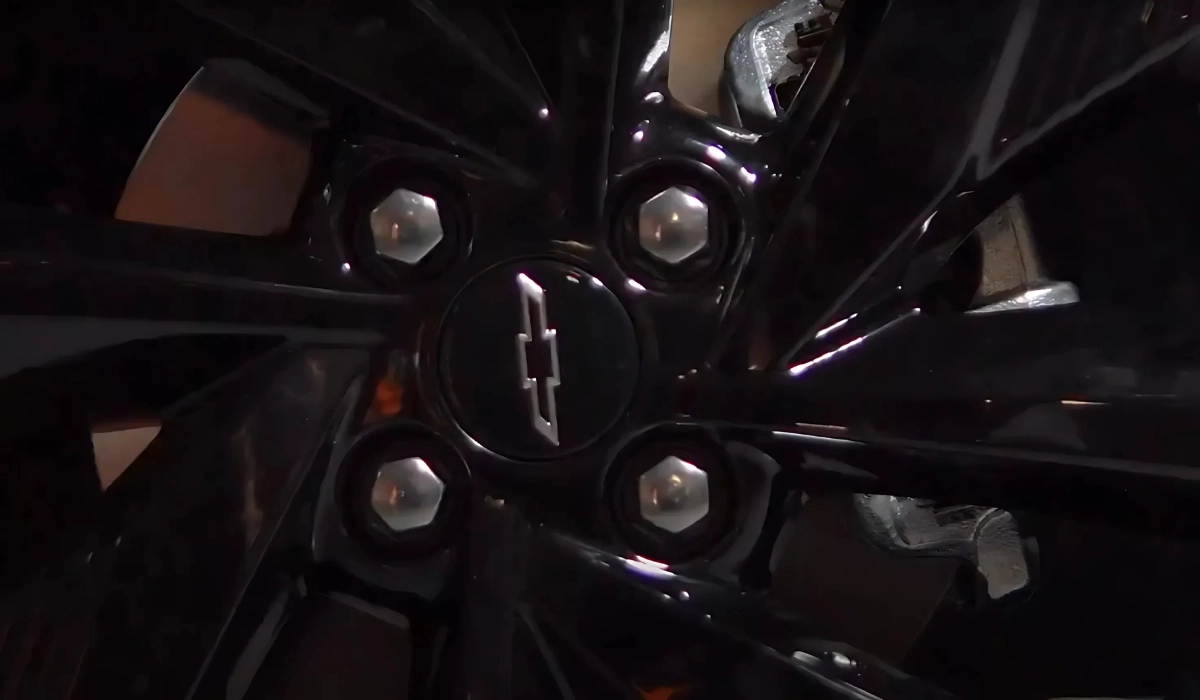
How Flex-Fuel Tech Benefits Brazil—and Could Help Elsewhere
One of the standout features of the SUV is the flex-fuel engine. Vehicles in Brazil frequently operate on ethanol, derived from sugarcane, which is both cheaper than gasoline and also more sustainable.
Flex-fuel engines allow drivers to select whichever fuel is cheaper at the gas station (with lower overall greenhouse gas emissions). This technology has existed for decades in South America, but it hasn’t fully returned to the mainstream in the U.S.
With global fuel costs fluctuating and environmental concerns rising, flex-fuel technology can grow a large following in North America, especially as an affordable alternative to full electric vehicles (EVs).
Expected Price and Market Position
Chevy is placing this SUV below the Tracker which suggests this may be the least expensive SUV in Chevrolet's South American line-up. No formal pricing has been released yet, although local estimates set a starting price at around R$95,000–R$105,000 (roughly $18,000–$20,000 USD).
That pricing is inconceivable for a new SUV in the U.S., making this model feel even more tantalizing as an outsider.

Who This SUV Competes With
Chevrolet's new SUV will fight against several rivals in South America, such as:
- Renault Kardian
- Fiat Pulse
- Citroën C3 Aircross
- Volkswagen T-Cross
- Peugeot 2008 (base variants)
These brands already fight over buyers in the sub-$25K territory. Chevy's existing dealer network and Onix architecture could give it the advantage in this space.
Chevrolet 2026 Budget SUV – Expected Specs
|
|
|
|
|
|
|
|
|
|
|
|
|
|
|
|
|
|
|
|
|
|
|
|
|
|
|
|
|
|
|
|
|
|
|
|
Conclusions
Chevrolet's 2026 budget SUV may be aimed at South America, but it has lessons that American automakers and consumers should take note of. It shows that useful, affordable, technology advanced SUVs do not have to be mundane or basic. It also challenges the assumption that only over-the-top cost-restricted or luxury vehicles deserve to be developed.
While it cannot physically cross borders, it is making global noise. Perhaps - just perhaps - it is an indication that the affordable vehicle renaissance will return to the U.S. someday.



